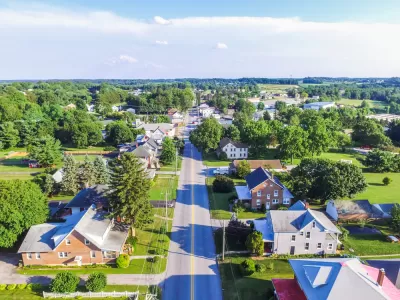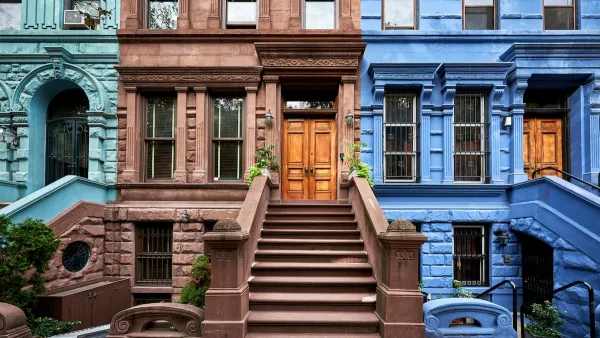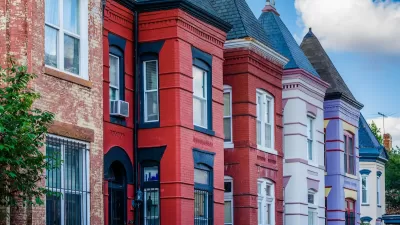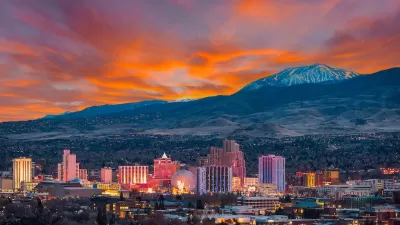With the growth of ‘Zoom towns’ and the sharply rising demand for small-town living, rural communities are facing pressure to maintain housing affordability for long-time residents and boost housing production.

“The COVID-19 pandemic changed the ways many people work and live. One of these changes has been an increase in the number of people who are trading in life in a big city for small-town living, including higher-income earners who work from home.” As a result, rural communities are struggling to keep up with housing demand, pushing prices higher. Margaret Gallagher outlines steps rural communities can take to preserve housing affordability as demand rises.
“As rural populations begin to grow, many communities are investing in renovating empty industrial or commercial buildings into upscale multifamily living. Such investments will expand the housing market, providing additional housing options, and taking the stress off the market, but these redevelopment projects don’t typically include affordable units for low-income households,” writes Gallagher. “By investing in the restoration of its current housing stock and by turning single-family homes into multi-family units where needed, rural communities can address pre-existing housing repair needs while also providing additional affordable housing units to meet new demands.”
Another mechanism growing in popularity, “Community land trusts have also been used effectively to acquire and reserve existing developable land and even existing vacant housing to ensure it remains affordable for future use.”
The article lists additional strategies for improving housing affordability and preserving housing stock in rural areas, such as providing density bonuses, reducing barriers to development, and encouraging a diverse range of housing options that include mobile homes and multifamily buildings.
FULL STORY: No Vacancies: Affordable Housing Growing Scarce in Rural Communities

Planetizen Federal Action Tracker
A weekly monitor of how Trump’s orders and actions are impacting planners and planning in America.

Map: Where Senate Republicans Want to Sell Your Public Lands
For public land advocates, the Senate Republicans’ proposal to sell millions of acres of public land in the West is “the biggest fight of their careers.”

Restaurant Patios Were a Pandemic Win — Why Were They so Hard to Keep?
Social distancing requirements and changes in travel patterns prompted cities to pilot new uses for street and sidewalk space. Then it got complicated.

Platform Pilsner: Vancouver Transit Agency Releases... a Beer?
TransLink will receive a portion of every sale of the four-pack.

Toronto Weighs Cheaper Transit, Parking Hikes for Major Events
Special event rates would take effect during large festivals, sports games and concerts to ‘discourage driving, manage congestion and free up space for transit.”

Berlin to Consider Car-Free Zone Larger Than Manhattan
The area bound by the 22-mile Ringbahn would still allow 12 uses of a private automobile per year per person, and several other exemptions.
Urban Design for Planners 1: Software Tools
This six-course series explores essential urban design concepts using open source software and equips planners with the tools they need to participate fully in the urban design process.
Planning for Universal Design
Learn the tools for implementing Universal Design in planning regulations.
Heyer Gruel & Associates PA
JM Goldson LLC
Custer County Colorado
City of Camden Redevelopment Agency
City of Astoria
Transportation Research & Education Center (TREC) at Portland State University
Camden Redevelopment Agency
City of Claremont
Municipality of Princeton (NJ)





























